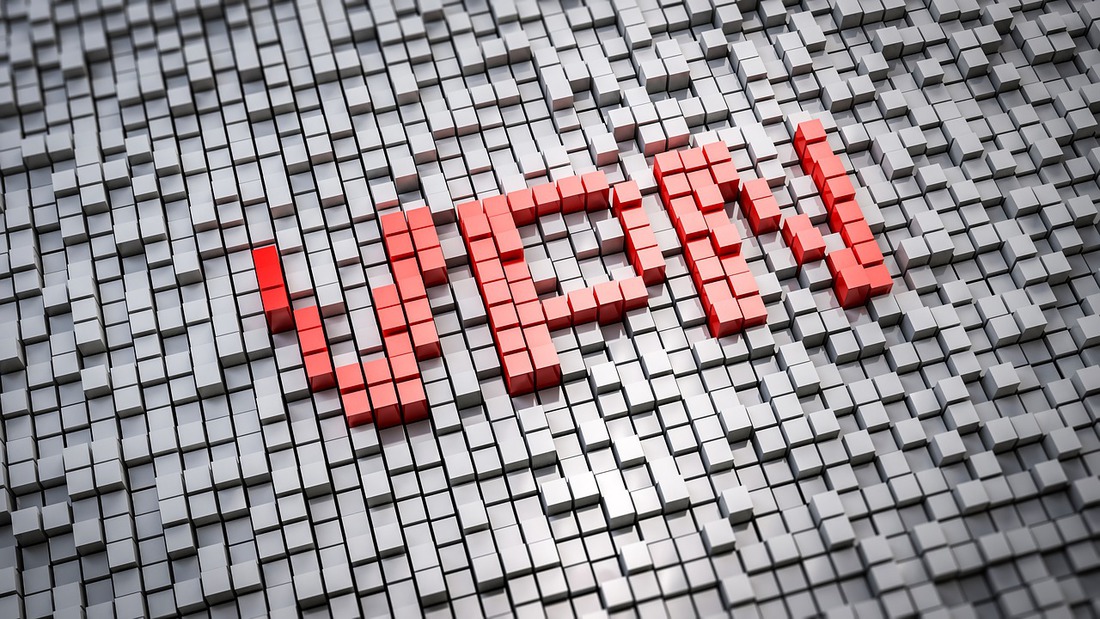Amazon Fire Tablets only allow you to download apps from the Amazon Appstore and operate on Fire OS, a proprietary version of Android. That means you can download the Play Store and access millions of Android apps and games, including Google products such as Gmail, Chrome, Google Maps, and more.
The best part about installing the Play Store on your Fire Tablet is that it doesn’t necessitate any advanced “hacking” such as rooting or executing scripts from a computer. It’ll only take a few minutes to download and install a few APK files from your tablet, and you’ll be up and running with the Play Store in no time! Let’s get this party started.
- Files from the Play Store can be downloaded here.
- Make sure your Fire Tablet is from 2014 or later before we begin. This method may not work with older Kindle Fire tablets because “Apps From Unknown Sources” must be enabled.
- To begin, go to the “Home” tab on the home screen and open the “Settings” app.
- Go to “Security & Privacy” now.
- “Apps from Unknown Sources” should be selected.
- Toggle on “Allow From This Source” after finding “Silk Browser.” This is how we’ll be able to install an app from somewhere other than the Amazon app store.
- Now that we’ve cleared that up, we can begin downloading the Play Store data. To get the Play Store up and running, we’ll need four APK files, each of which is unique to your Fire Tablet.
- Go to Settings > Device Options > About Fire Tablet to see which Amazon Fire Tablet model you have. Here you’ll find the name of your “Device Model.” Go to Settings > Device Options > System Updates to view your Fire OS version.
- We can download the required files below based on the device model. Simply copy and paste the links from the tables below into your Amazon Fire tablet’s Silk Browser. At this time, we’re only downloading the files; don’t open them yet.
Fixes for some of the most common issues
- If the Play Store or other Google apps aren’t working properly, try the following remedies.
“On your device, this account already exists.” - Follow these instructions if you encounter the error “This account already exists on your device” when logging into Chrome or another Google app, or if the app doesn’t identify your Google account at all:
- Close the app that’s giving you trouble (e.g., swipe it away from the Recents/multi-tasking screen).
- Select ‘Manage all programmes’ from the Apps & Permissions menu in the Settings app. Depending on your version of Fire OS, these choices may have various names.
- Find the app that’s giving you trouble in the list, tap it, then choose ‘Permissions.’
- Turn on all of the permissions that are available. In my tests, simply enabling the Contacts permission did the task, but you might as well enable everything for good measure.
- Relaunch the app.
- You must also open Chrome, go to the Settings menu, and select the ‘Continue as…’ blue button at the top of the screen in Chrome.
Troubleshooting
Here are some general troubleshooting recommendations if you’re facing a problem that isn’t covered above.
Restart the tablet.
This may seem self-evident, but it’s an excellent first step. Hold down the power button, touch the ‘Power Off’ option, and then press the power button again to turn your tablet back on. Open the Play Store from the home screen when it has rebooted to see if it works.
Delete the app’s data
I couldn’t sign into the Play Store until I purged the app’s local data when I first wrote this instruction. This will essentially restore the Play Store app to its original condition, which should resolve most issues.
Open the Settings app, go to the ‘Apps & Notifications’ section (or whatever area has the word ‘Apps’ in it), and hit ‘Manage All Applications.’ Tap the Play Store when it appears in the list of apps.
On this information screen, you must complete two steps. To stop the Play Store from functioning, first tap the ‘Force Stop’ button. Then go to the ‘Storage’ menu and select ‘Clear Data’ (also known as ‘Clear Storage’). Now go back to the Play Store app and test it out.
If that doesn’t work, repeat the instructions above, but this time restart your tablet before attempting to open the Play Store. If it doesn’t work, force-stopping and wiping data for Google Play Services as well as the Play Store might help.
The tablet should be reset.
If you still can’t get the Play Store to work, your best bet is to restore your tablet to factory settings and try again. If you’re resetting up the tablet, make sure you don’t restore from a backup unless the backup was done before you attempted to install the Play Store.
After that, there’s a lot to do
Congratulations, the Google Play Store is now available on your Fire tablet! Give yourself a pat on the back. Now that the difficult portion is done, there are a few things you should do or remember.
Change the launcher and add new Google services
You can make your Fire tablet perform more like a standard Android phone or tablet with a little extra effort. It’s possible to make Chrome the default browser, add Google Assistant, and even change the home screen launcher. To get started, go to the link below and read our tutorial.
Install Google Play on all of your other devices
The install process only applies to the device profile you’ve been using because the Play Store isn’t a system-level programme for Fire tablets. Because Amazon’s Fire OS won’t let you have various versions of Play Services and the Play Store installed on each profile, the processes are a little different if you wish to add the Play Store for additional users on the same device. Thanks to Florian Wolters on Stack Overflow for pointing this out.
The simplest way to acquire the Play Store on a different user profile is to extract the APKs from the first profile and install them on the second. We only need to get the Play Services and Play Store files.
On the user profile with the Play Store already installed:
- Open ML Manager after downloading it from the Play Store.
- Find Google Play Services in the list of programmes and tap the ‘Extract’ option.
- Tap the ‘Extract’ button when you find Google Play Store in the list.
The two APKs have now been saved to your tablet’s internal storage in the ‘ML Manager’ folder. Because user profiles cannot access files from other profiles, you must copy the two APKs to a different location, log into the second profile, then copy them to the files of the second profile. Swiss Transfer, an internet application for transmitting files, is the simplest way to achieve this.
- Accept the terms and conditions of use by opening Swiss Transfer (swisstransfer.com) in your tablet’s browser (Silk, Chrome, etc).
- Tap the upload button, then pick ‘Show internal storage’ from the option on the right.
- Open the left side menu while still in the file browser and pick your tablet (it should be the only item that says how much storage is remaining).
- Hold down on one of the files in the ML Manager folder until ‘1 selected’ appears, then tap the second file. At the top, it should state ‘2 picked.’ Continue until you’ve selected all of the APKs, then tap the top-right ‘Open’ button.
- Fill out the email form to send the link in a message if the other user profile has an email account set up. If you merely want to make a link, tap the Link button.
- Select ‘Transfer’ from the drop-down menu.
If you selected the link option, write it down, enter it into Google Keep on the web and store it as a note, or save it in another way.
It’s time to move to the second user profile now that you have all you need.
On the profile of the user who does not have access to the Play Store:
- Go to the link you received in the last step, either by putting it into your web browser’s address bar or by opening the email Swiss Transfer sent you (if you chose that option).
- Download the ZIP file containing the two APKs.
- Search for ‘ES File Explorer’ in the Amazon Appstore and download it.
Return to the beginning of this tutorial and follow the instructions just as you did previously. Only download and install the first two items — Google Account Manager and Google Services Framework — when you arrive to the step where you have to download APKs. After you’ve installed those two apps, you’ll need to install the APKs from the first profile you copied.
- From the home screen, launch ES File Manager.
- Tap the top-left menu button, select ‘Local,’ and then ‘Download.’
- ‘Send-Archive’ is probably the name of the ZIP file you downloaded previously.
- Two APKs should be visible. These, too, must be installed in the exact order, as before.
- Then hit ‘Install’ on the one that starts with ‘com.google.android.gms’ (this is Google Play Services).
- Now press ‘Install’ on the one that starts with ‘com.android.vending’ (this is the Play Store).
- Reboot your tablet, log into the second profile, and check to see if the Play Store is working. Check out the Troubleshooting section above if you’re having problems.
Improve the performance of your tablet
Fire tablets aren’t the quickest gadgets on the market, but with a few simple tweaks, you might be able to make yours a little faster. The steps may be found in our complete Fire tablet performance guide.











Leave a Reply